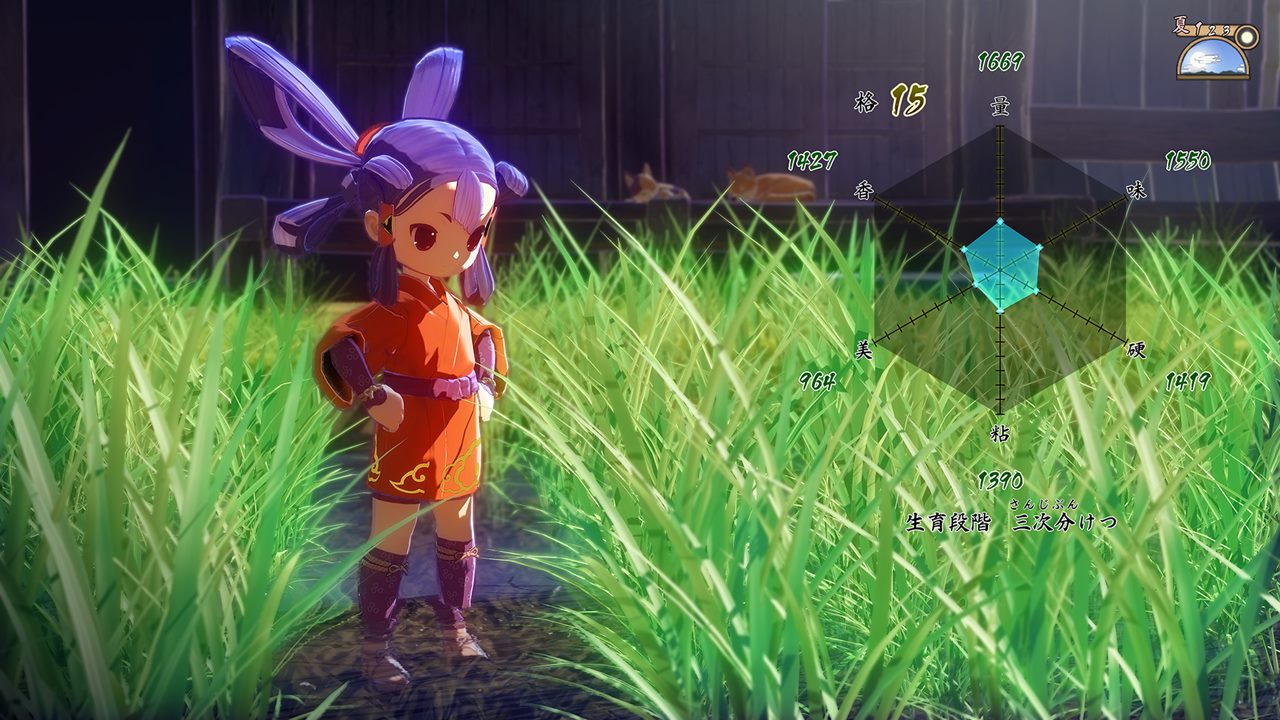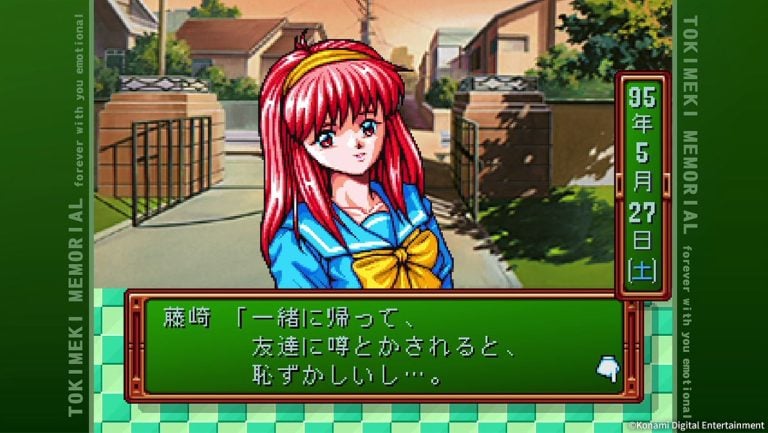Publication date of the original Japanese article: 2020-12-25 13:43 (JST)
Translated by. Ari Clark
On December 25, the Director-General for Policy Planning of the Japanese Ministry of Agriculture, Forestry, and Fisheries (MAFF) posted an interview with staff involved with Sakuna: Of Rice and Ruin on the official informational account for the promotion of domestic rice consumption. The interview has been published on the account’s Facebook page. The interviewees were Takehiko Tsukinoki and Takashi Irisawa from Marvelous, as well as developers Naru and Koichi from Edelweiss.
[We scored an interview! The secrets behind the creation of the megahit rice-farming game! ★]
We just did an interview about the megahit “#SakunaOfRiceAndRuin”. We hope you’ll discover an interest in #JapaneseRice while you’re playing the game and doing your #RiceFarming! : )
Wouldn’t it make a great #ChristmasPresent for your kids??#Christmas
Sakuna: Of Rice and Ruin is a rice-farming action RPG on sale now for the PS4/Nintendo Switch/PC (Steam). The protagonist, Sakuna, is a young Shinto deity whose parents are a goddess of the harvest and a god of battle. With her parents’ fortune and fame to support her, Sakuna spends her days lazing around in the capital city of the gods, until an unfortunate incident causes her to accidentally ruin the offerings to the gods. Commanded to survey the island of Onishima as punishment, Sakuna sets forth for Onishima along with the humans who caused the whole mess. She raises rice to fill her empty belly, and explores the island and battles demons to carry out the imperial commands of the gods. The game spins a tale of rice farming and character development.
The complex and detailed rice-farming elements of Sakuna: Of Rice and Ruin have caused quite a stir. As players raise their rice plants, they begin by selecting the seed rice, then till the soil, plant the rice, and give it water and fertilizer. When the rice is fully grown, it must be harvested. After being dried on a rack and threshed, then hulled, the rice is safely complete. The variety of tasks makes for highly immersive gameplay and drama; plus, a broad variety of diseases that affect rice are also featured.
At every stage of the process for producing the most perfect rice possible, players must also meticulously manage the water and air temperature. There are various statistics attached to the rice, and special characteristics that change according to how it was raised. Those qualities also change enormously in response to tiny changes in the environment, such as the fertilizer provided. The almost unthinkable complexity of the game and the high degree of freedom and craftsmanship with which it was made have created quite a stir.
In Sakuna: Of Rice and Ruin, Sakuna herself grows and matures by cultivating her crops and producing rice. Her rice farming is essential for defeating the demons. However, the game is structured to encourage players to “learn through doing”, and there is almost no explanation about rice farming in its opening act. As the game progresses, players can unlock information in-game such as cultivation tips and the quirks of various diseases, but until then, they have to muddle their way through their farming tasks, unsure whether their methods are right or wrong. As a result, after the game’s release, word got around that the Ministry of Agriculture, Forestry, and Fishing was being used as a walkthrough site.
The idea seems to have spread along two fronts. Some fans suspected that, due to the comprehensive realism of the rice-farming features in the game, the information about rice farming provided by MAFF might be a useful resource; other fans were forced to look up real-life information about rice farming due to the sheer scarcity of walkthrough information in-game. One might guess that it was this connection that led to the staff being interviewed by MAFF. Our website also published an article titled, “Is MAFF really providing a strategy wiki for rice-farming action RPG ‘Sakuna: Of Rice and Ruin’?” Though it is important to emphasize that the game can be beaten without the help of information found outside of the game.

In the interview, Naru and Koichi answered questions such as why they thought of making a game themed around rice farming, and whether they used the MAFF website as reference material while designing and developing the game. The content itself is fine, but what’s really worthy of special mention is the fact that the team was interviewed by MAFF at all. Naru even reported on his personal Twitter account that they had visited the Ministry. “The MAFF offices had an unpretentious feeling, like a town hall or a library, so it was pretty fun,” he commented.
We received a summons.
Second Tweet:
Who’d have thought that making a game would lead us all the way to a government ministry in Kasumigaseki…?
The MAFF offices had an unpretentious feeling, like a town hall or a library, so it was pretty fun.
By the way, it seems like the cafeteria is open to the general public, and we were told by those in the know that it’s got the highest-quality food of any of the ministry offices.
In fact, it looks like Edelweiss has been receiving interview requests from other administrative agencies (local governments). An interview with the Agriculture, Forestry, and Fisheries Divisions of the Okinoshima Town Hall in Shimane Prefecture was published at noon on December 28, 2020. It seems to be a conversation between Edelweiss and a local rice farmer named Mr. Murakami who grows a special brand-name rice called “Shima no Kaori Oki Moshio Mai” (Scent of the Islands: Oki Seaweed Salt Rice) for which Okinoshima Town is famous. The article was published on the homepage of the Okinoshima Town Hall. The content and newsworthiness of Sakuna: Of Rice and Ruin has drawn attention from not just the mainstream news outlets, but government agencies as well.





